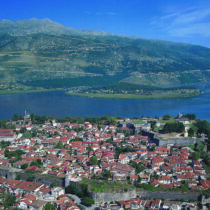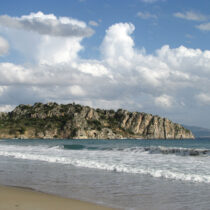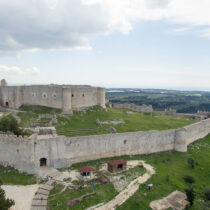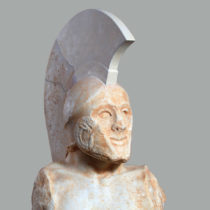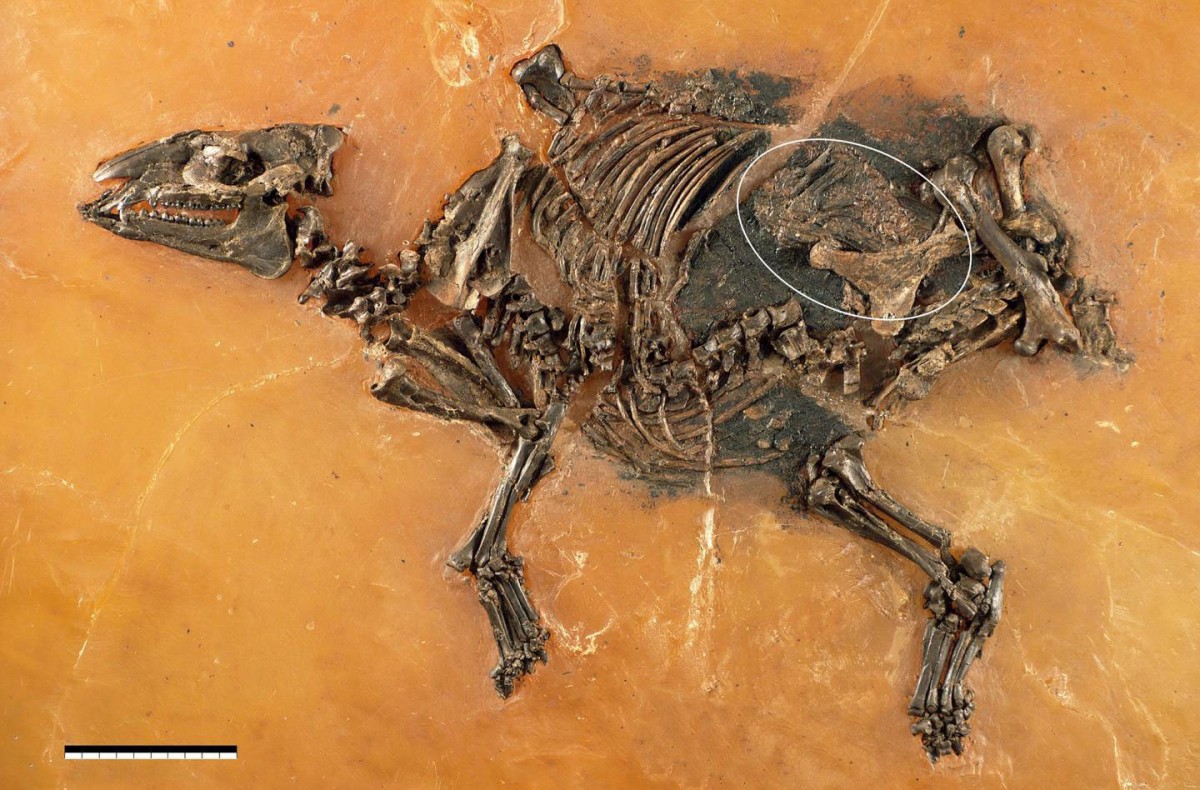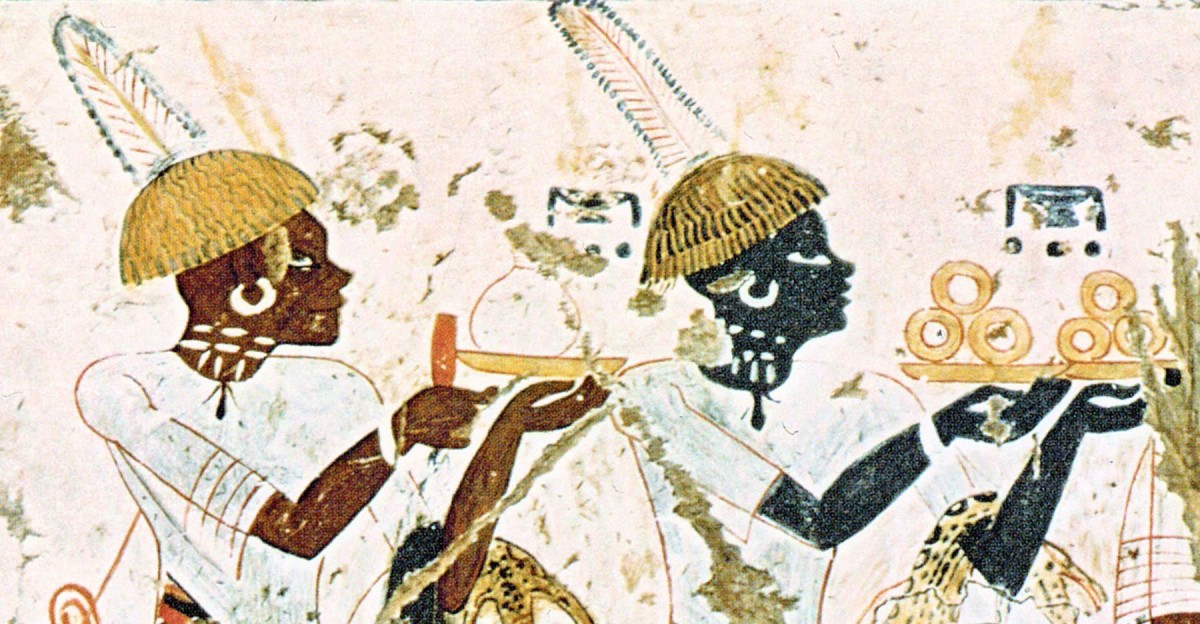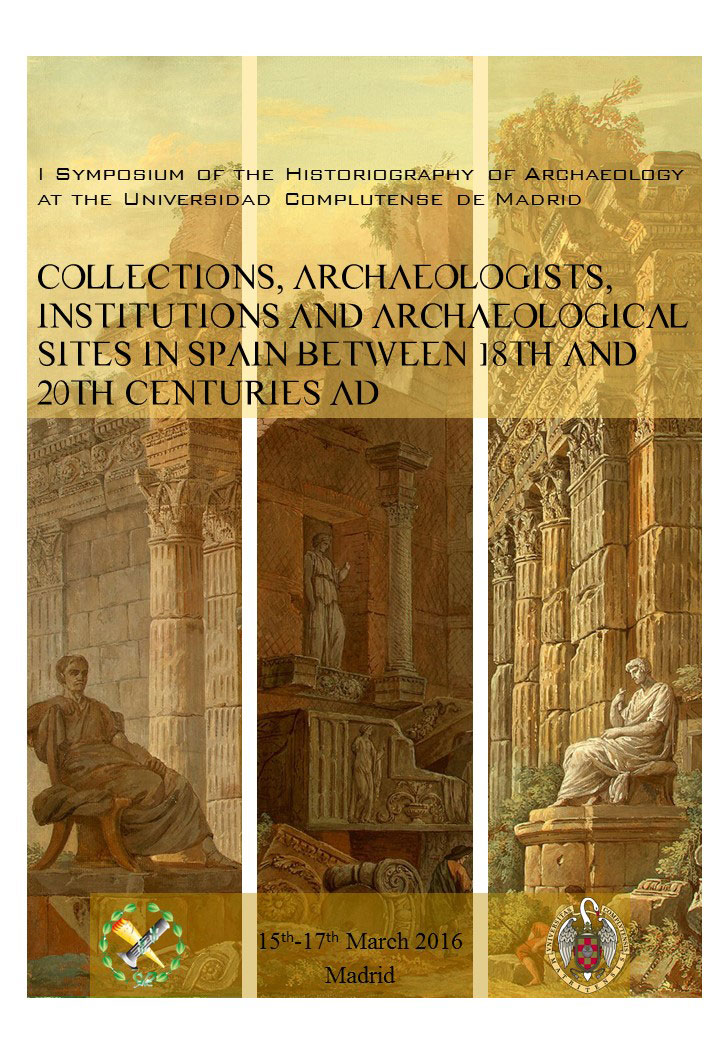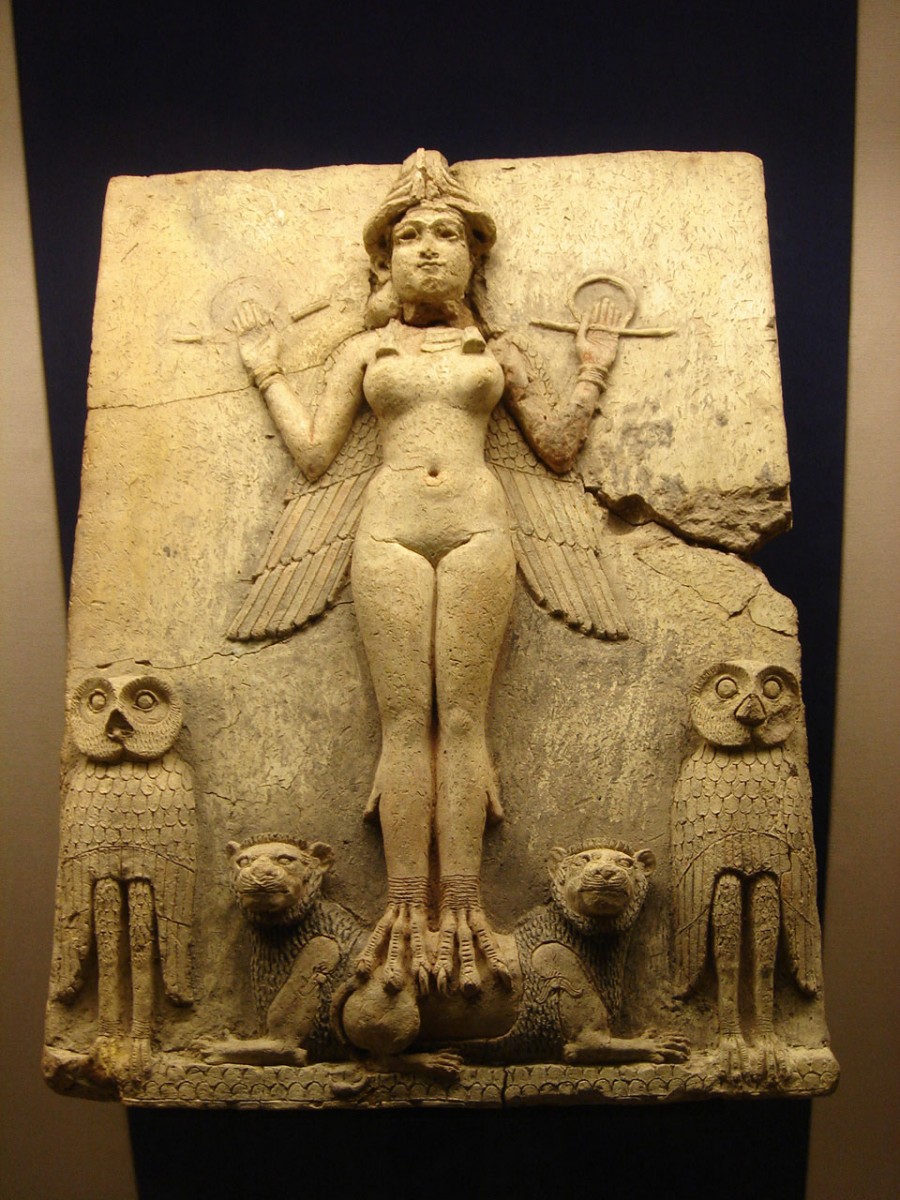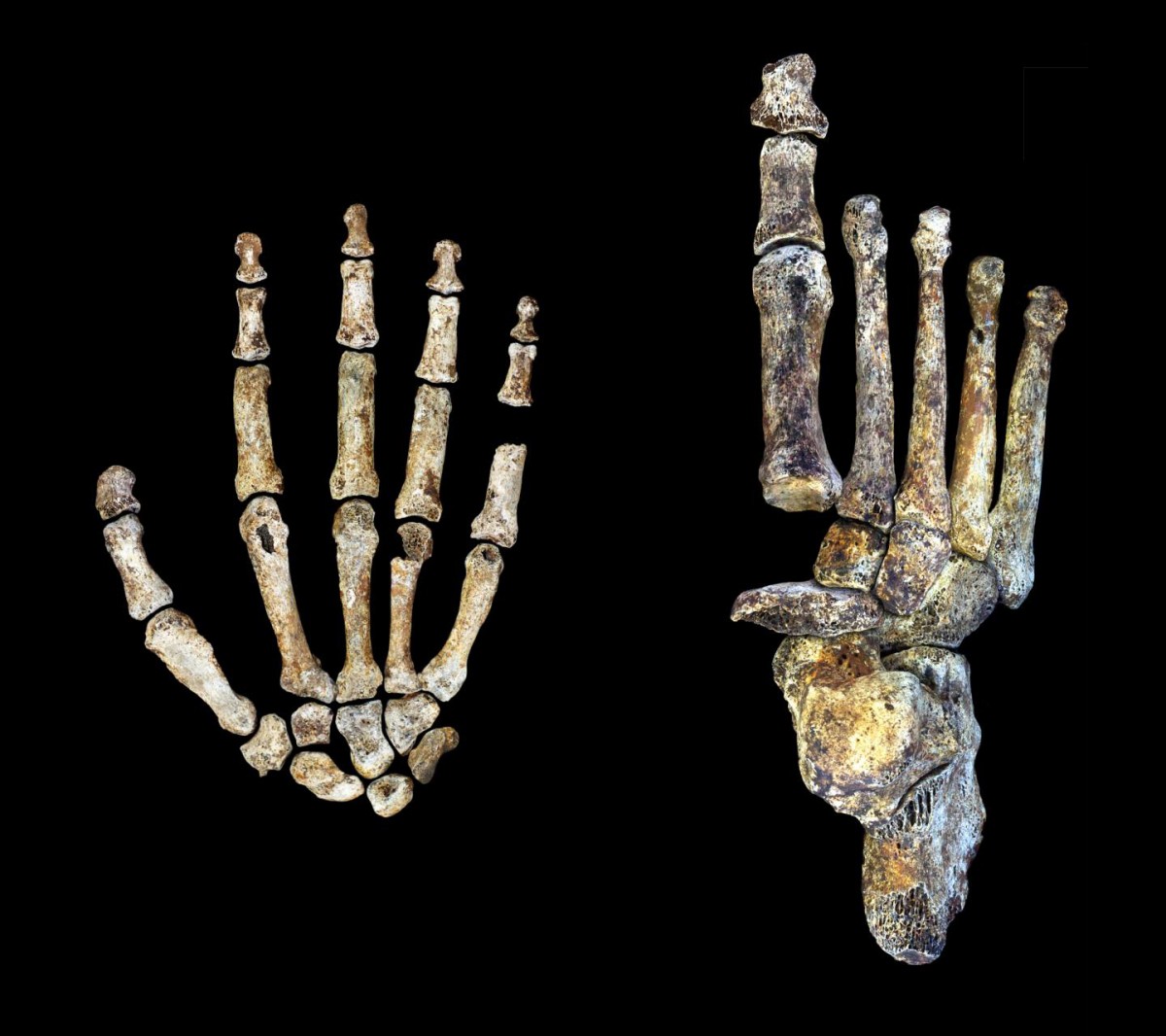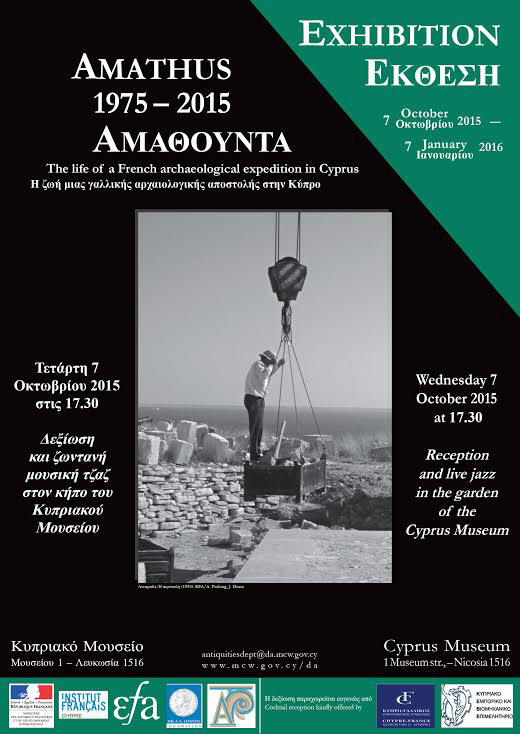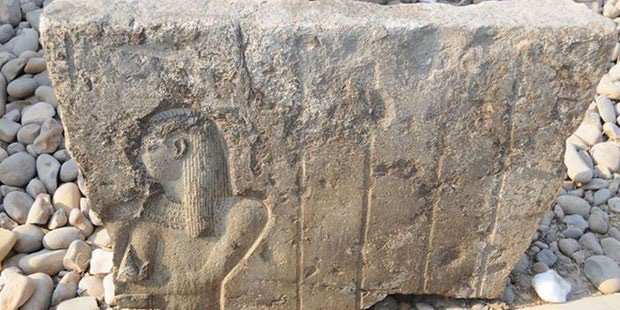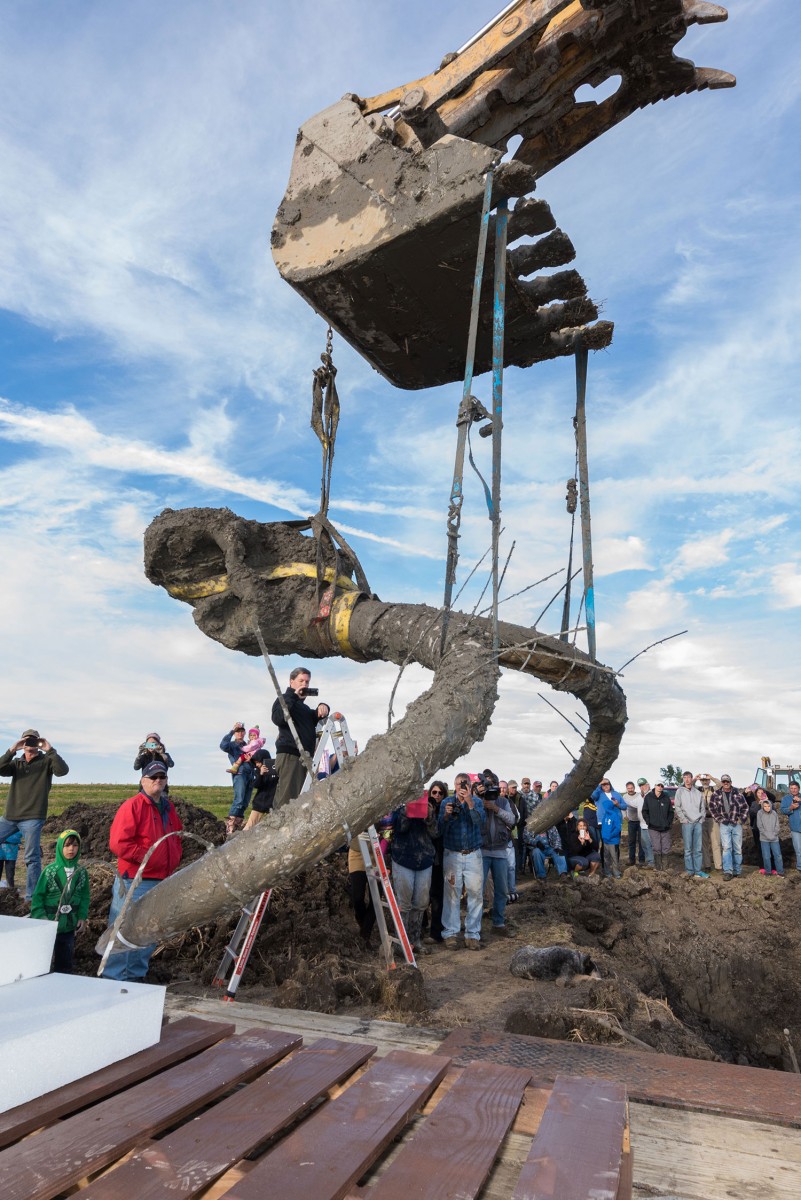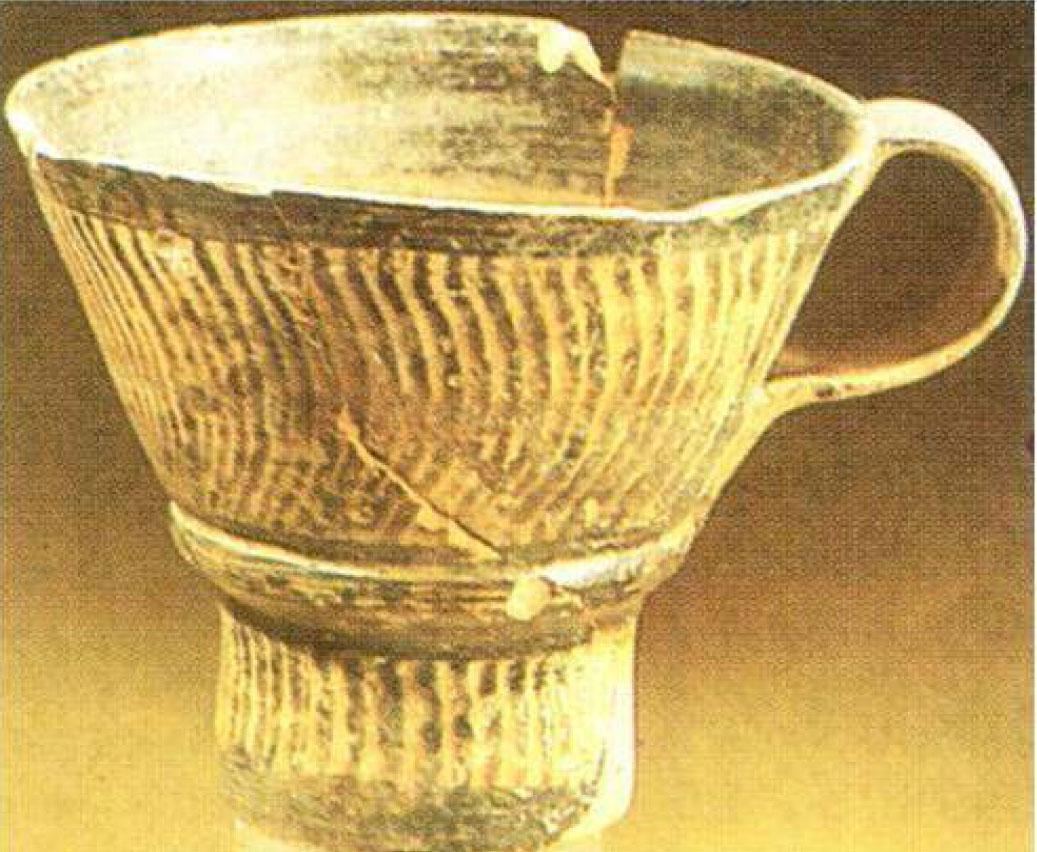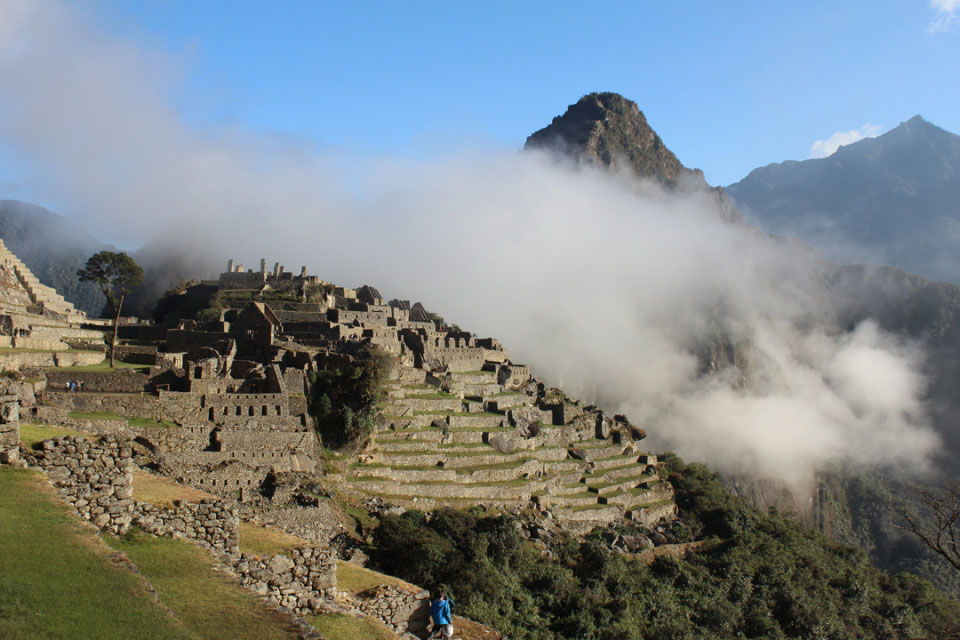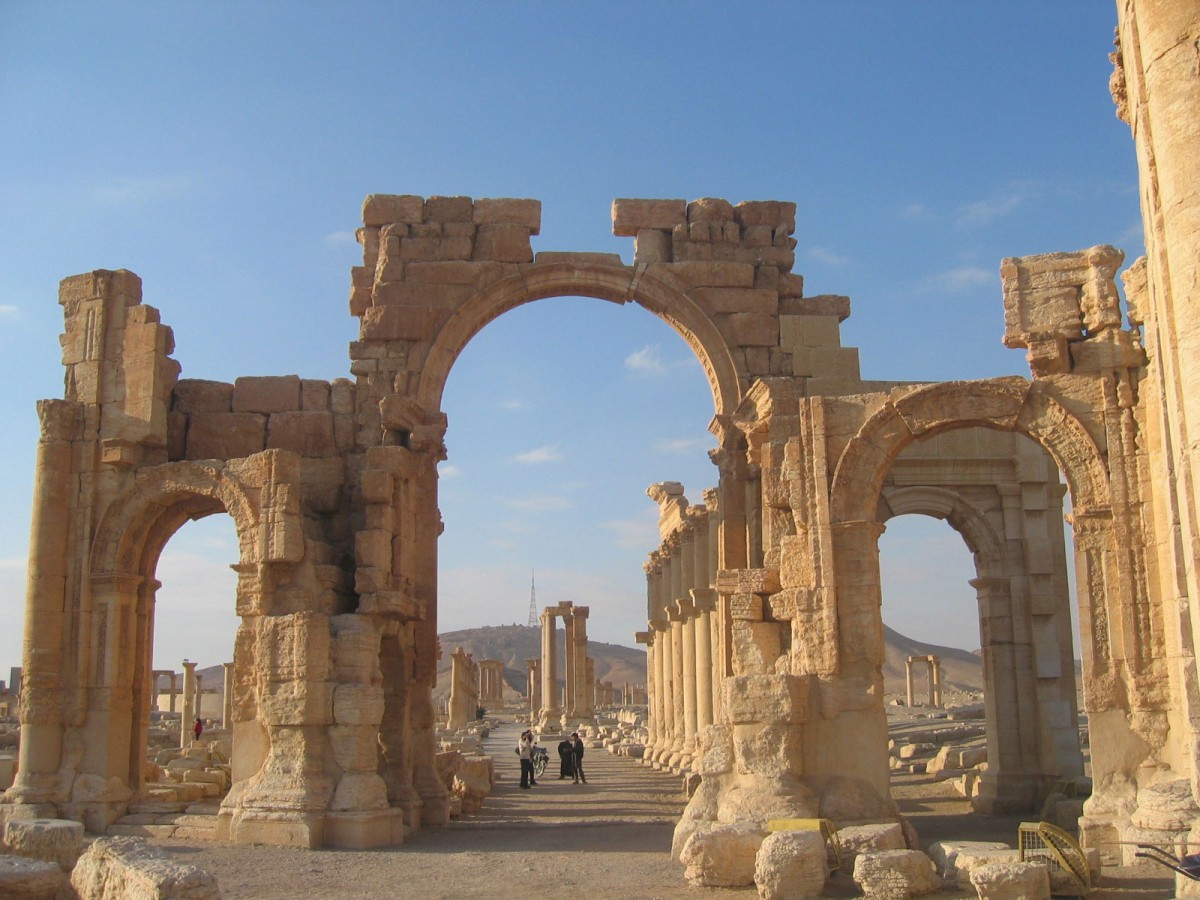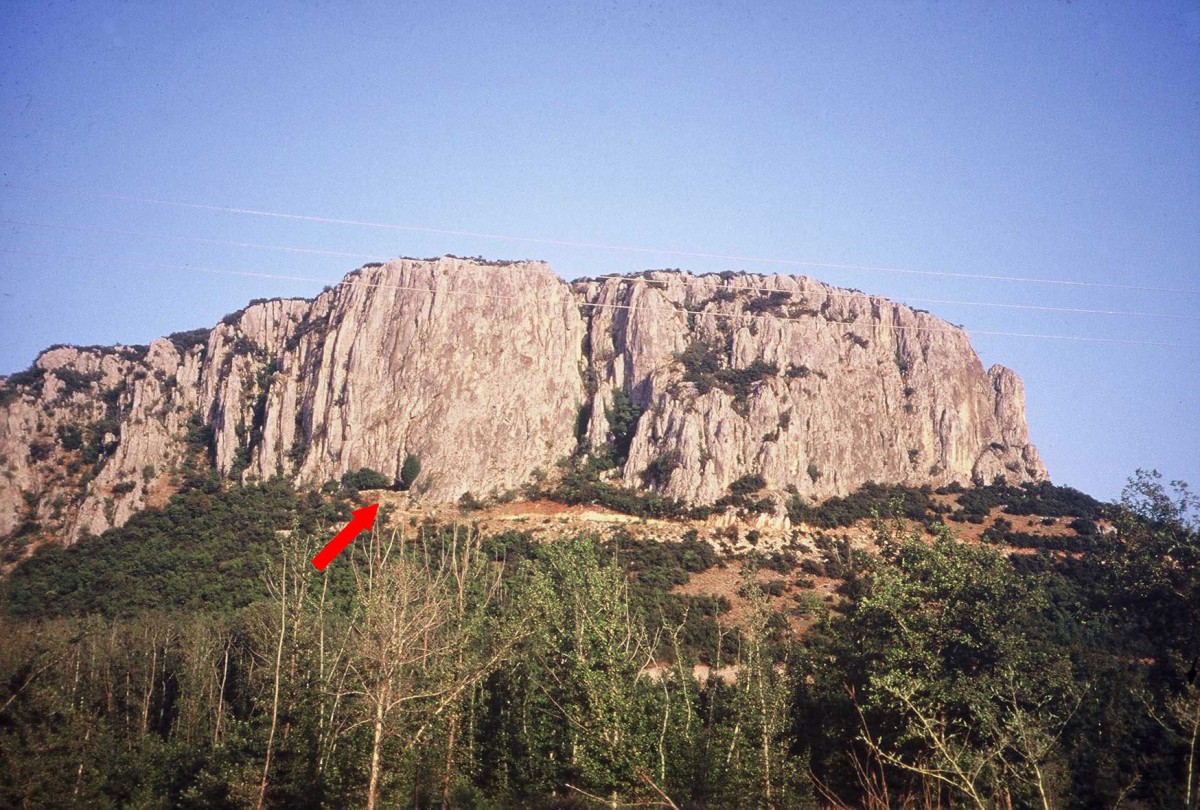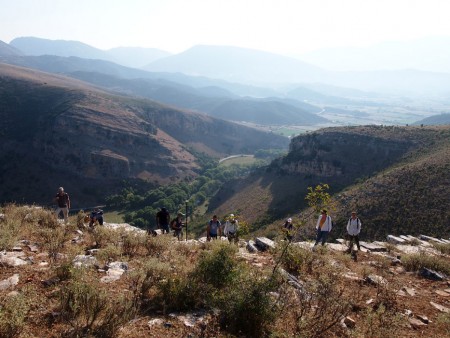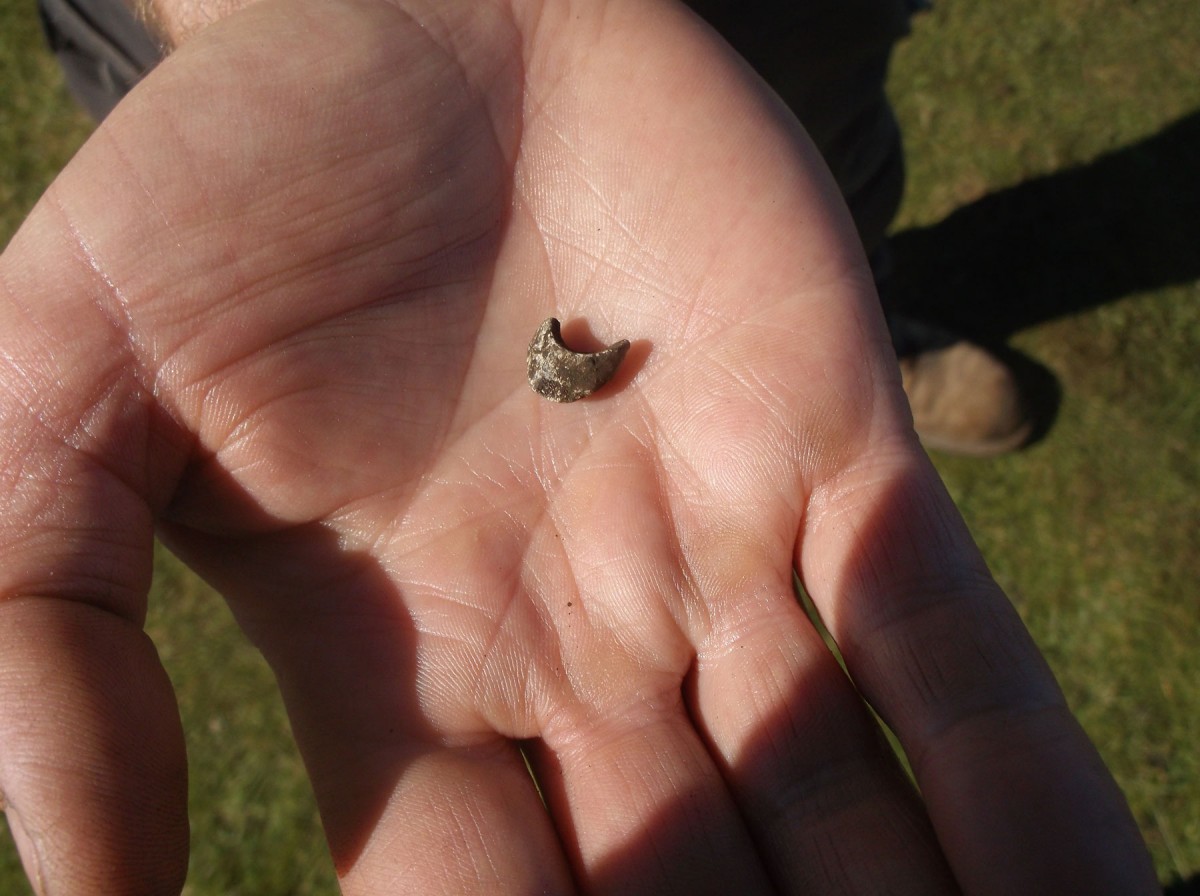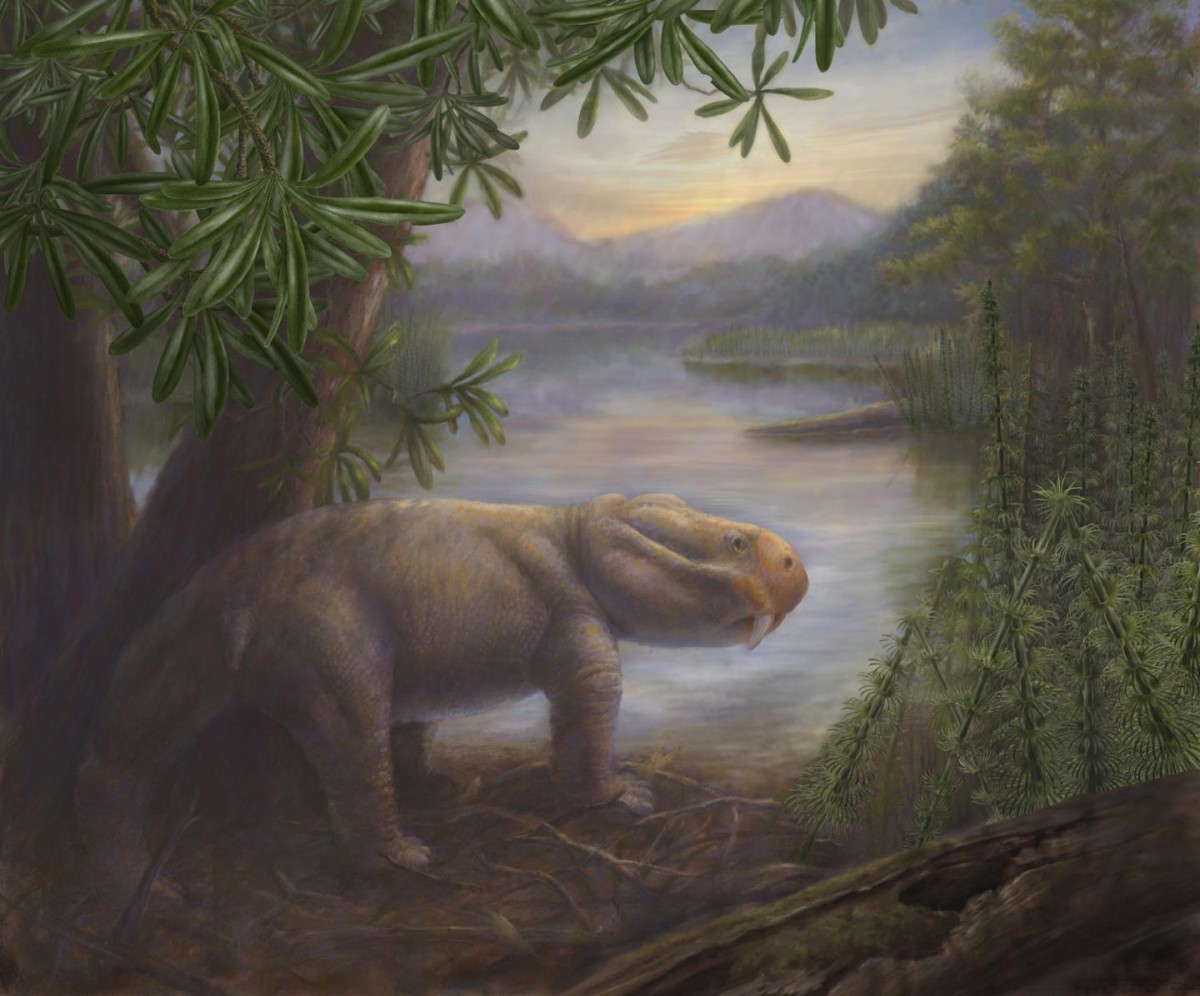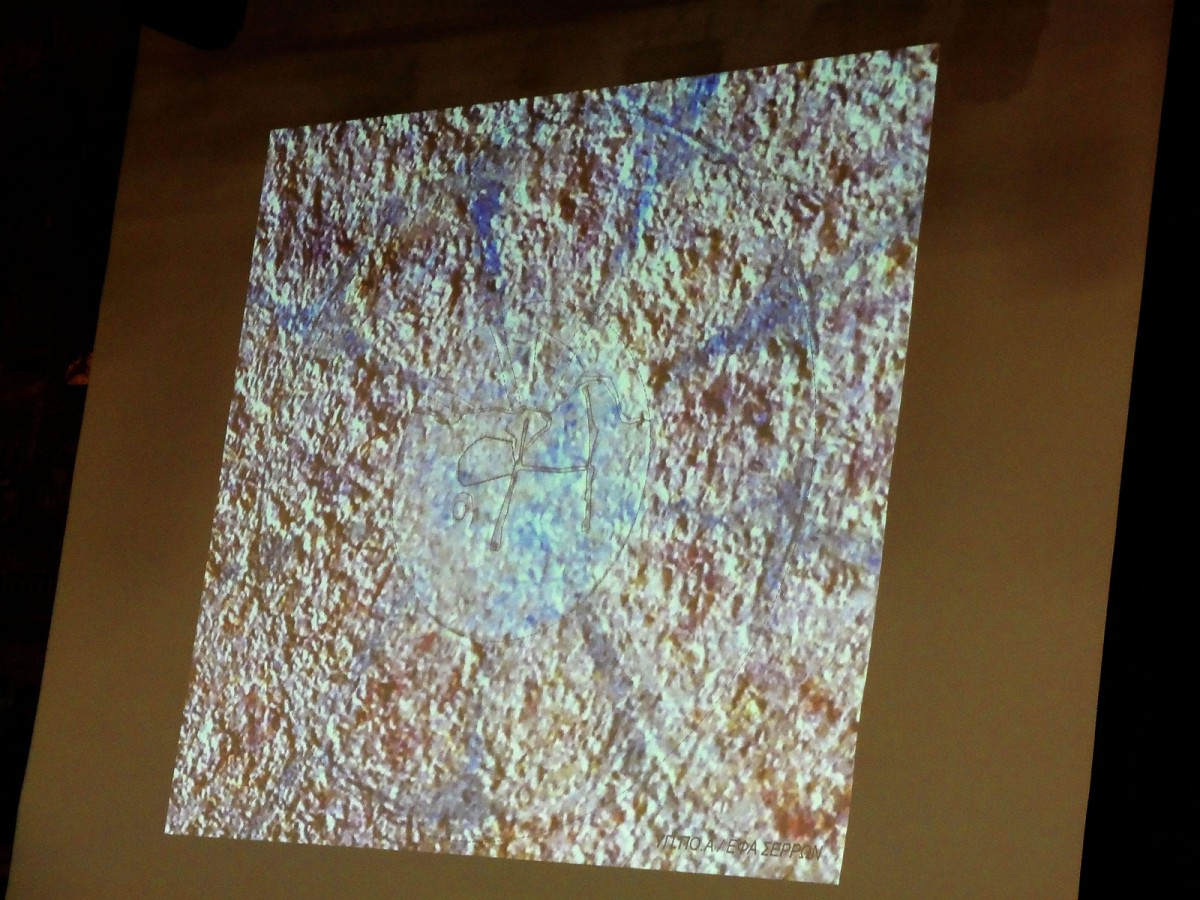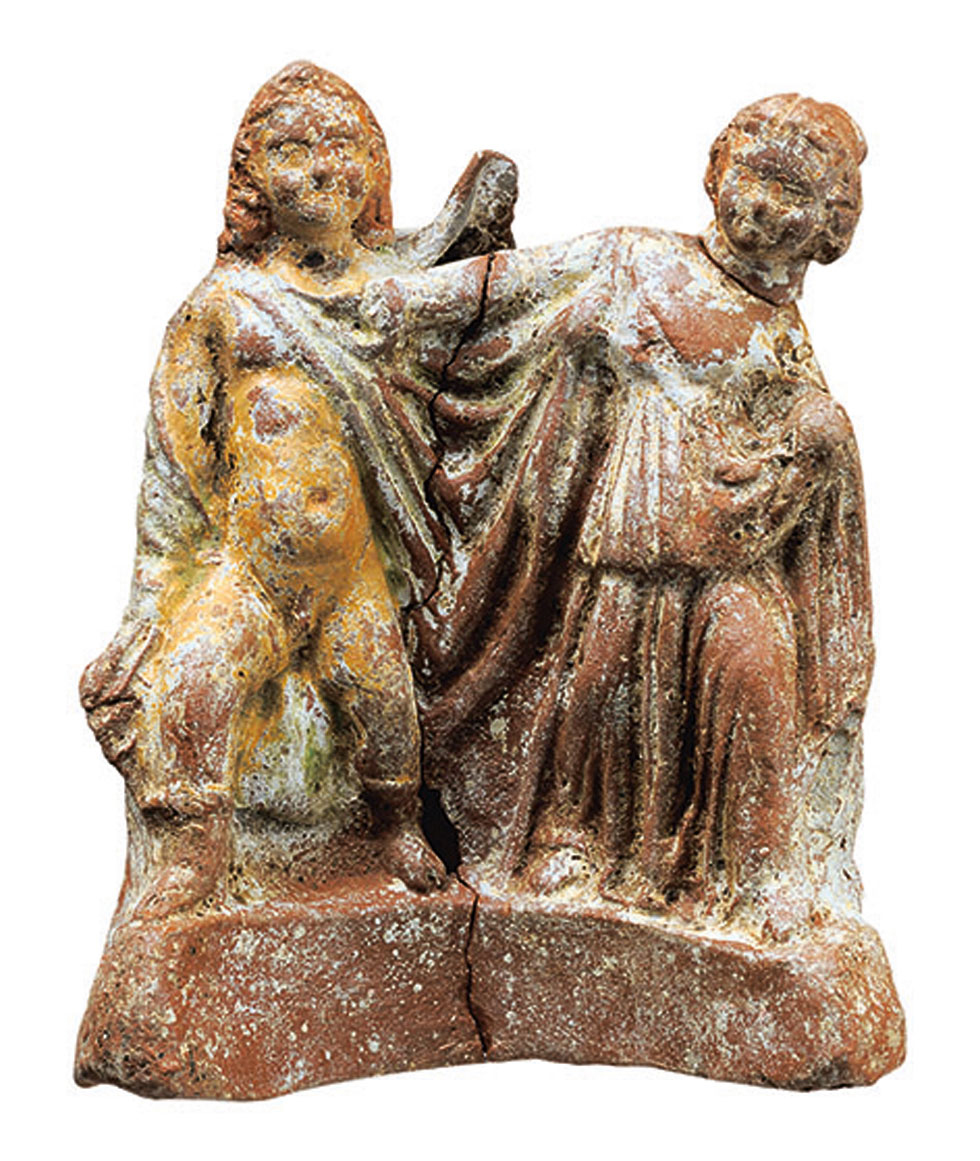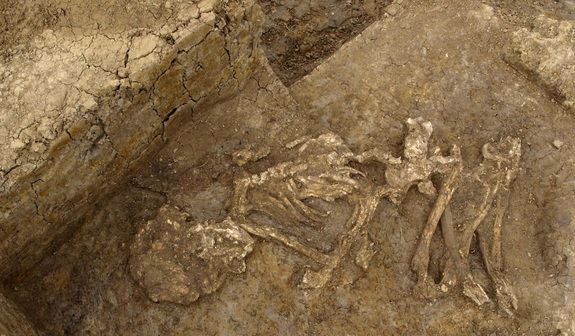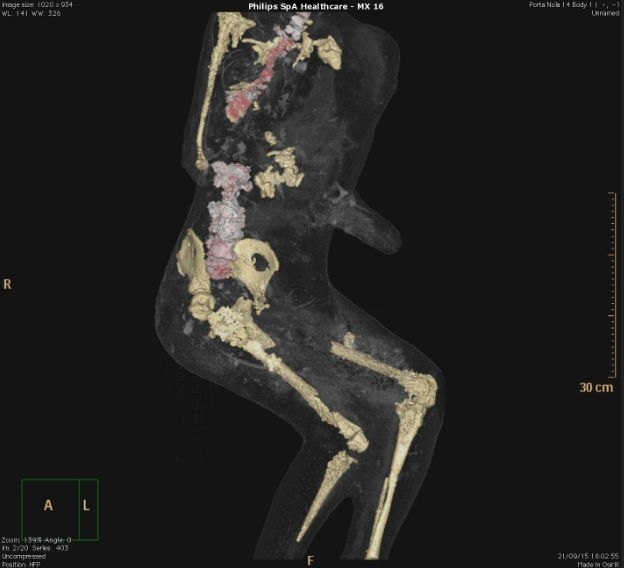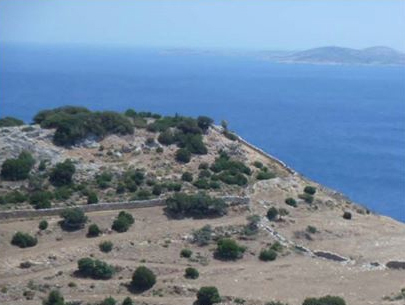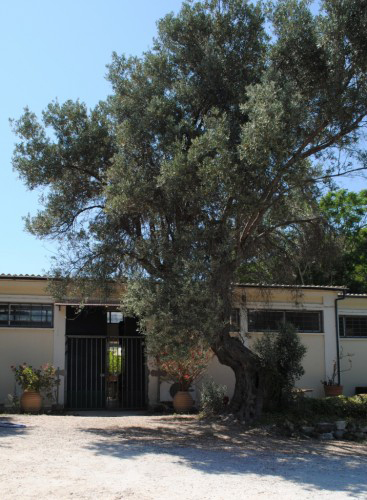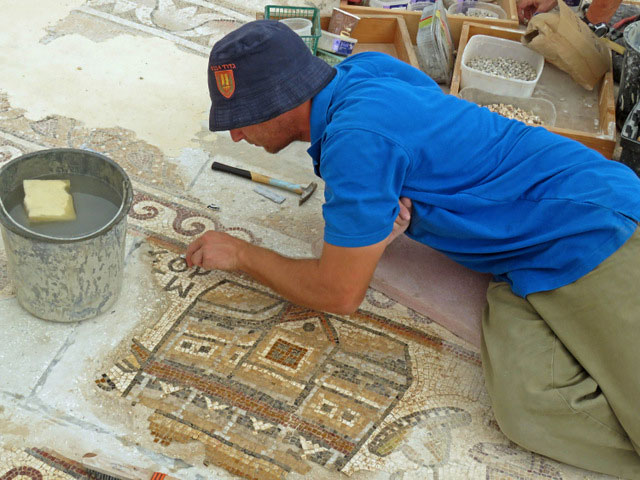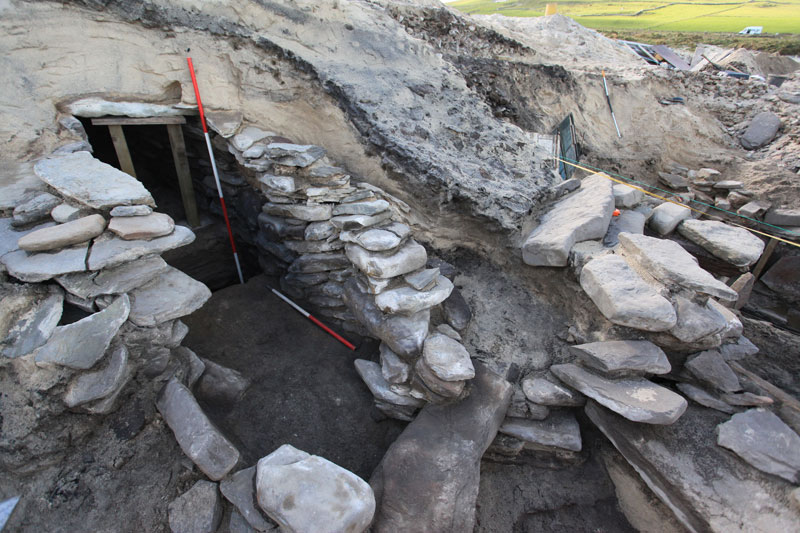Unique fossil of a horse-like equoid fetus analyzed
A 48 million year-old horse-like equoid fetus was analyzed with micro X-rays, revealing remarkable features.
Conference: “Thebes in the First Millennium BC”
The main focus of the conference "Thebes in the First Millennium BC" is current archaeology and research on tombs and temples of the Twenty-fifth - Twenty-sixth Dynasties in the Theban area.
Historiography of Archaeology at the Universidad Complutense de Madrid
The 1st Symposium on the Historiography of Archaeology organized by the Universidad Complutense de Madrid represents a forum of discussion for established and young researchers.
The Mesopotamian Tradition and its Transformation in Graeco-Roman and Semitic Literatures
"Physiognomy and Ekphrasis: The Mesopotamian Tradition and its Transformation in Graeco-Roman and Semitic Literatures" is the subject of the BabMed Annual Workshop 3, organized by J. Cale Johnson and Alessandro Stavru.
The hand and foot of Homo naledi
The new findings indicate H. naledi may have been uniquely adapted for both tree climbing and walking as dominant forms of movement, while also being capable of precise manual manipulation.
Opening ceremony of Amathus 1975-2015
The periodical exhibition “Amathus 1975-2015: The life of a French archaeological expedition in Cyprus” opens on 7 October 2015, at 5:30 p.m. at the Cyprus Museum.
Ruins of a 2,400 year-old shrine beneath modern Cairo
Egyptian and German archaeologists discovered the ruins of a 2,400 year-old shrine beneath Cairo’s modern district of Mataria.
Mammoth bones found in Michigan
An ancient mammoth unearthed in a farmer's field southwest of Ann Arbor may provide clues about the lives of early humans in the region.
Volcanic island collapses may trigger mega-tsunamis
A pre-historical sudden collapse of Fogo (Cape Verde Islands), one of the tallest and most active oceanic volcanoes on Earth, triggered a mega-tsunami with waves impacting 721 feet above present sea level resulting in catastrophic consequences.
Albania and the Aegean during the Bronze Age
Dr Akis Tsonos will give a lecture on the nature of the relations between Albania and the Aegean and on the unknown sides of the Albanian Bronze Age.
Unraveling the Mystery of Machu Picchu
Researchers will analyze the genomes of the skeletal remains from more than 170 individuals buried at the site.
Palmyra’s Arch of Triumph blown up by IS
IS militants have “pulverized” Palmyra’s Arch of Triumph, according to officials and local sources.
The Theopetra Cave in Thessaly: a 130,000 year old prehistory (Part 1)
In the first part of the article series on the Theopetra Cave, the topography, the stratigraphic sequence, the anthropological and animal remains of the cave are presented.
Middle Kalamas Archaeology Project
On Friday, October 9, Georgia Kourtessi-Philippakis (Associate Professor of Prehistoric Archaeology, University of Athens, Greece) will present the results of the Middle Kalamas Archaeology Project in Thesprotia.
Burnt bone could shed light on life in Staffin 8,000 years ago
An archaeological excavation in Staffin has yielded a fragment of worked bone, and several hundred flints, which could provide further clues about life in the area 8,000 years ago.
Stability of surviving communities increases following mass extinction
The structure of ecological communities leading up to the Permian-Triassic Extinction is a key predictor of the ecological communities that would demonstrate stability through the event.
The Amphipolis monument was erected in honour of Hephaestion
The burial monument of Amphipolis has been commissioned and funded by Alexander the Great in honour of his beloved friend Hephaestion, according to the latest announcement of the excavators.
Unique multi-chambered tomb in Pella opens to public
The imposing eight-chambered family tomb in ancient Pella, the largest rock-hewn chamber tomb in Greece, will be opened to the public until November.
Mummification was commonplace in Bronze Age Britain
Ancient Britons may have intentionally mummified some of their dead during the Bronze Age, according to archaeologists at the University of Sheffield.
What’s inside the Pompeii mummies
Archaeologists have released impressive images of the scanned Pompeii victims, which leave little to imagination...
Five volunteers for the Southeast Naxos Survey 2015
The Southeast Naxos Survey 2015 project (BSA in collaboration with the Ephorate of Cyclades) urgently needs 5 more volunteers for the period 5-24 October 2015.
Curatorial Project Assistant at Knossos
The British School at Athens seeks to appoint an assistant to take leading role in the curation and documentation of the holdings of its Stratigraphic Museum at Knossos.
Byzantine mosaic depicting a map with streets and buildings
A 1,500 year old mosaic, depicting a map with streets and buildings, found two years ago, will be presented to the public for the first time on October 1.
Archaeologists uncover Bronze Age ‘sauna house’ in Orkney
The exciting discovery was made recently on the periphery of the prehistoric Links of Noltland, on the island of Westray, next to where the famous ‘Westray Wife’ was found in 2009.
